Optimal Timing for Driveway Grading
Driveway grading is a crucial process that ensures proper drainage, prevents erosion, and maintains the structural integrity of the surface. Timing plays a significant role in achieving optimal results, as weather conditions and seasonal factors influence the effectiveness of grading work.
Spring is often considered ideal for driveway grading due to thawing ground and moderate temperatures, allowing for proper soil compaction and surface leveling.
Late summer and early fall provide stable weather conditions and dry soil, making it suitable for grading before winter sets in.
Winter months are generally unsuitable because frozen ground and snow impede grading efforts and can cause uneven surfaces.
Timing grading after heavy rain can be beneficial to address existing drainage issues, but it should be done when the ground has dried sufficiently to allow for effective work.
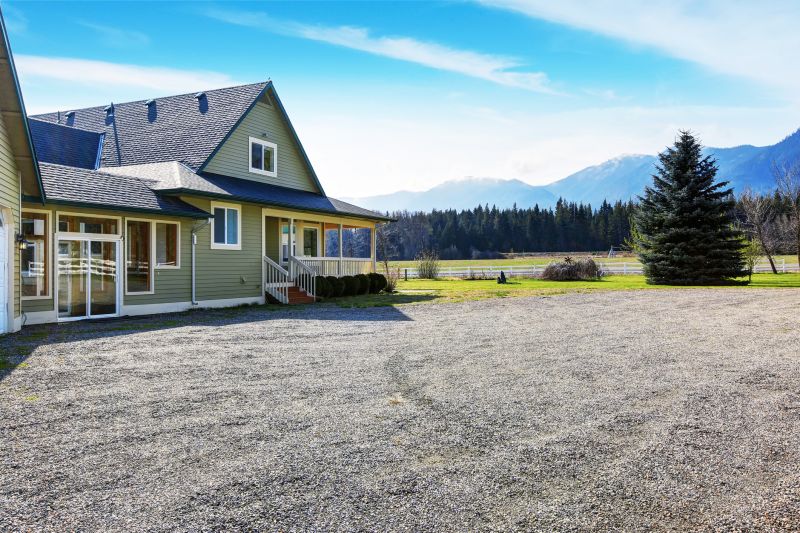
Ways to make Driveway Gradings work in tight or awkward layouts.
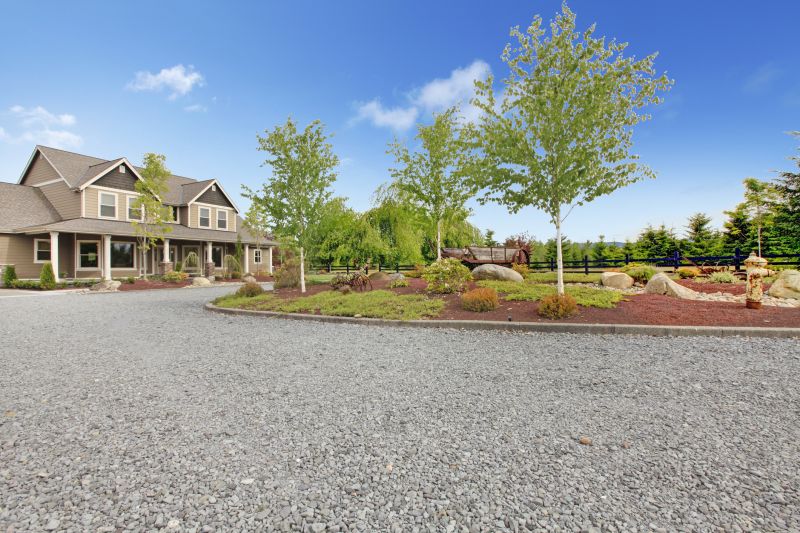
Popular materials for Driveway Gradings and why they hold up over time.

Simple add-ons that improve Driveway Gradings without blowing the budget.

High-end options that actually feel worth it for Driveway Gradings.

Finishes and colors that play nicely with Driveway Gradings.
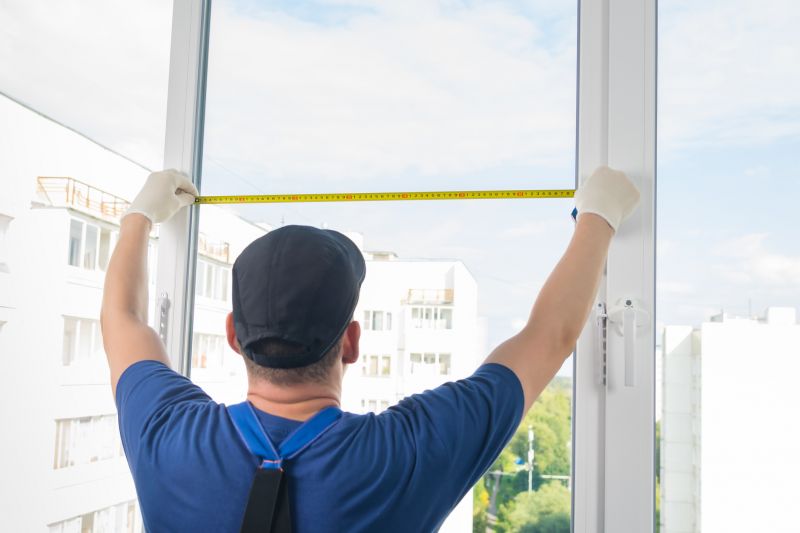
Little measurements that prevent headaches on Driveway Gradings day.
Driveway grading involves reshaping and leveling the surface to promote effective drainage and prevent water pooling. Proper timing ensures that soil compaction is achieved under optimal moisture conditions, extending the lifespan of the driveway. Weather patterns and seasonal changes significantly impact grading quality, making it essential to plan work during suitable periods.
| Season | Ideal Timing |
|---|---|
| Spring | When ground is thawed and moist but not saturated |
| Summer | Late summer or early fall with dry weather |
| Fall | Before winter, when soil is stable |
| Winter | Generally not recommended due to frozen ground |
| Post-Rainfall | After soil has dried sufficiently |

A 60-second routine that keeps Driveway Gradings looking new.

A frequent mistake in Driveway Gradings and how to dodge it.
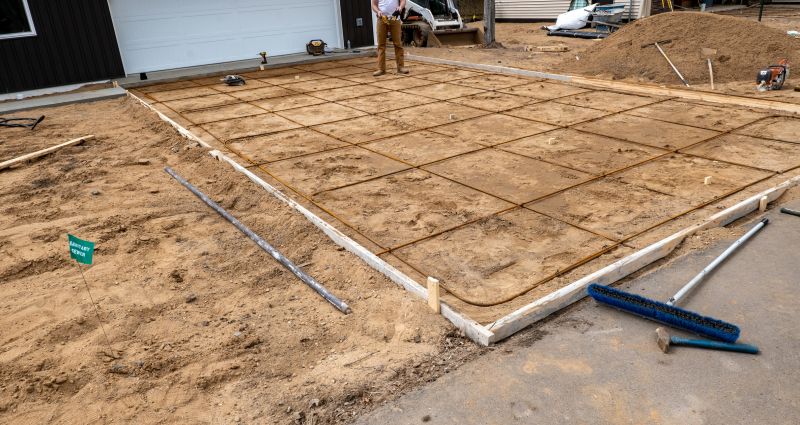
Small tweaks to make Driveway Gradings safer and easier to use.
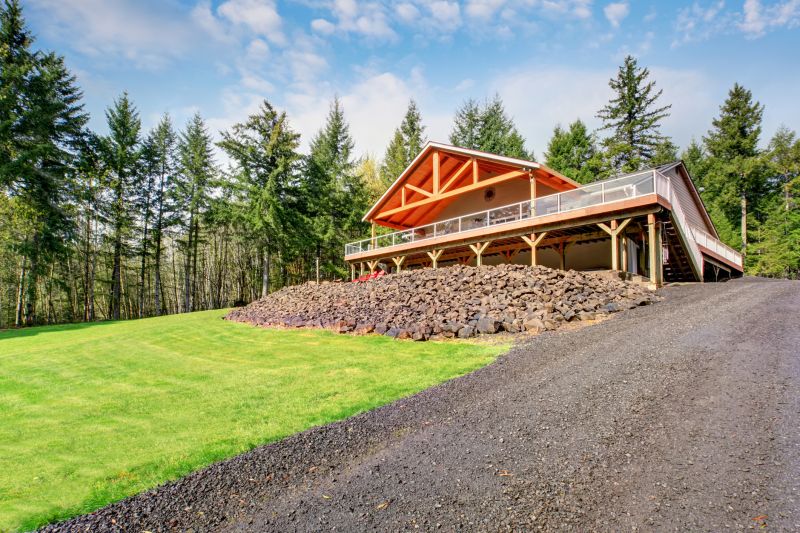
Lower-waste or water-saving choices for Driveway Gradings.
Timing driveway grading appropriately can significantly improve drainage, reduce erosion, and extend the durability of the surface. Regular assessments and adjustments based on seasonal conditions help maintain the driveway's functionality and appearance. Consulting local weather patterns and soil conditions can aid in selecting the optimal time for grading projects.
Interested in scheduling driveway grading or learning more about the best timing for specific conditions? Filling out the contact form can provide tailored guidance and assistance for driveway maintenance needs.



